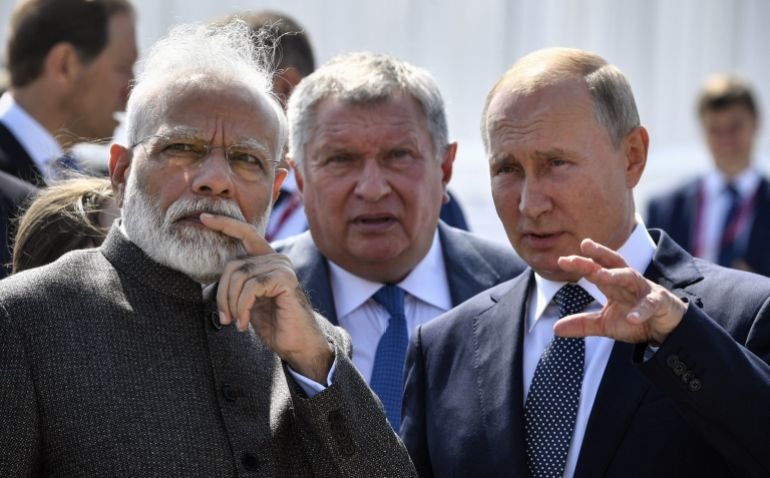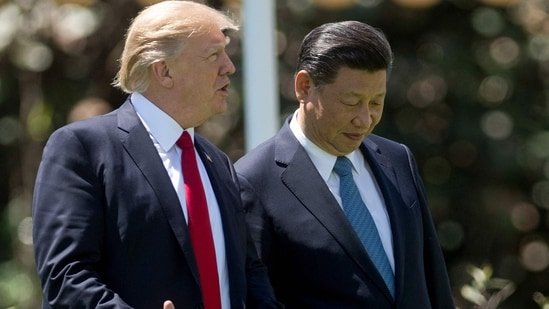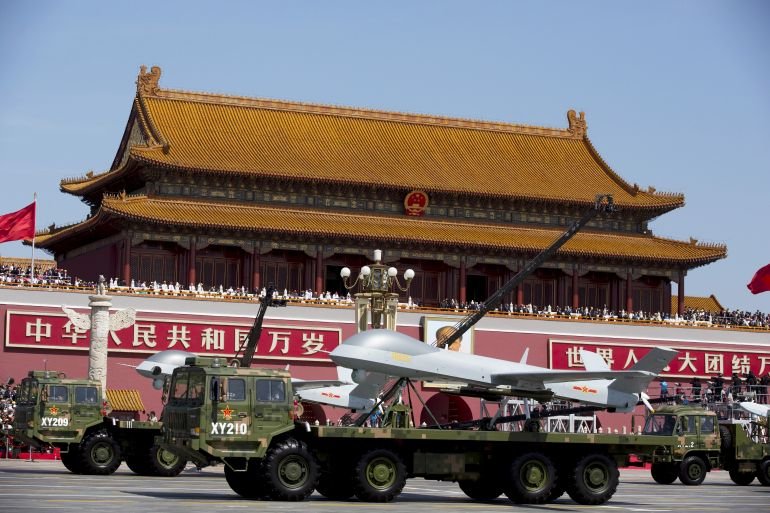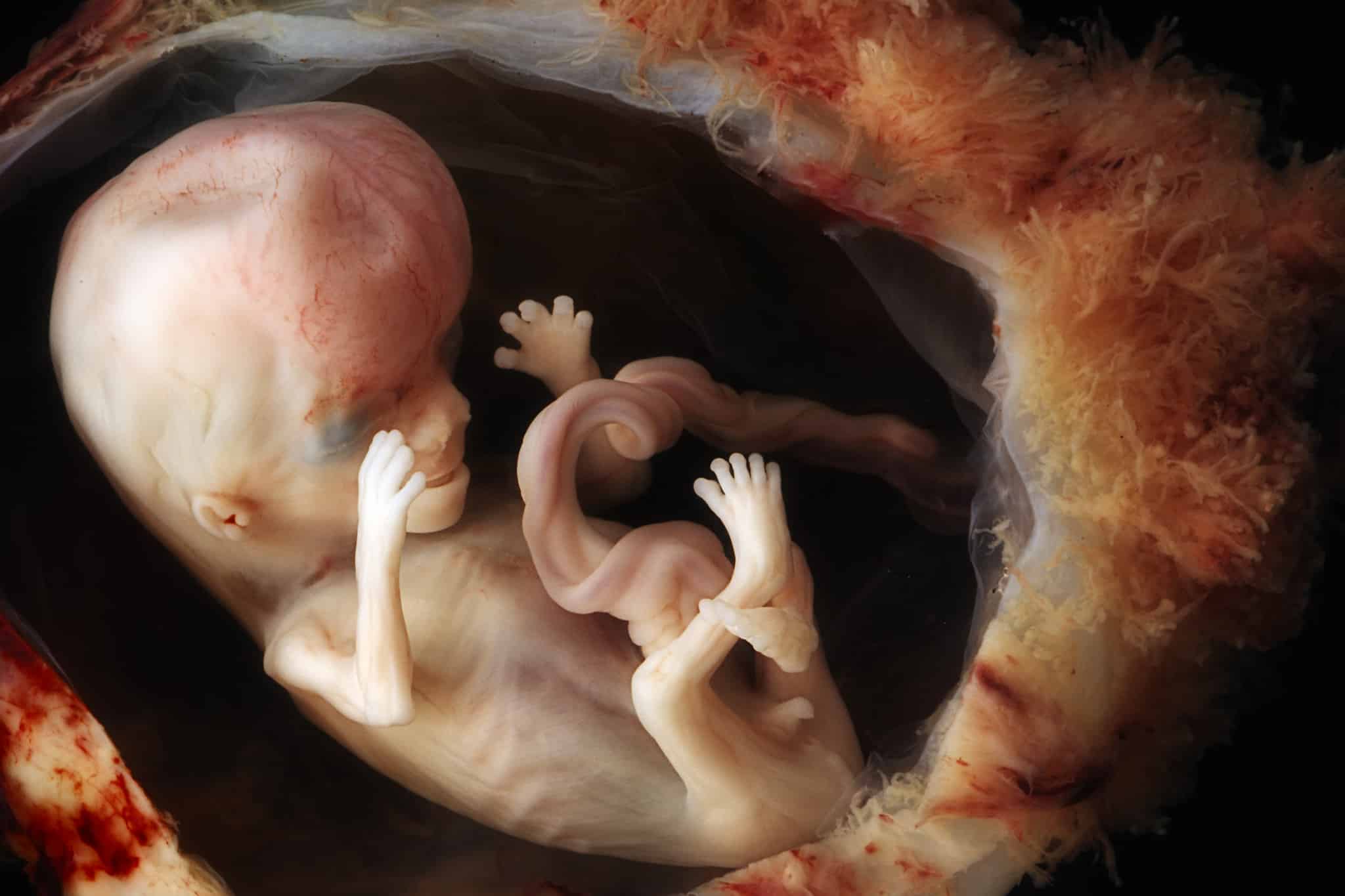
A technology company in southern China is developing a humanoid robot equipped with an artificial womb, designed to carry and give birth to human children. The project, announced by Kaiwa Technology and expected to debut by 2026, marks a significant step in artificial gestation. As China develops a pregnancy robot capable of full-term human reproduction, experts are closely watching the ethical and scientific implications.
Guangzhou-based Kaiwa Technology revealed that the robot will be capable of carrying a fetus through a ten-month gestation cycle and assisting in childbirth.
The company says it plans to sell the product for under 100,000 yuan, roughly $13,900, aiming to offer a non-traditional alternative for individuals unable or unwilling to undergo pregnancy.
Technology mimics the full reproductive cycle
Company founder Zhang Qifeng, who is also affiliated with Nanyang Technological University, introduced the concept at the 2025 World Robot Conference in Beijing. According to Zhang, the robot is not a standard incubator but a life-sized humanoid built to mimic the entire reproductive process from fertilization to delivery.
The core technology is the artificial womb, where the fetus develops in synthetic amniotic fluid and receives nutrients through an external system replicating the natural umbilical connection.
Zhang said the artificial womb has already proven effective in laboratory conditions. The next challenge, he explained, is embedding it into a functioning humanoid to create an interactive, controlled gestation environment. A working prototype is expected within a year.
Public reaction and ethical debate emerge
The project has drawn mixed reactions. Public debate has erupted online, with responses ranging from cautious optimism to concerns over the legal and moral implications of synthetic childbirth.
Chinese scientists are developing world’s first pregnancy robot that could give birth to human children.
The “pregnancy robot” was conceptualized by Dr. Zhang Qifeng, founder of Kaiwa Technology in Guangzhou, China. It may make its debut in 2026.
[image: artist’s impression] pic.twitter.com/pcxrbb2h8v
— Massimo (@Rainmaker1973) August 19, 2025
Zhang acknowledged these concerns and confirmed that discussions are already underway with regulatory authorities in Guangdong Province. Policy proposals related to the technology have been submitted for review.
Artificial womb research is not new. In 2017, scientists at the Children’s Hospital of Philadelphia successfully sustained a premature lamb inside a sterile, transparent sac filled with artificial amniotic fluid.
The lamb, equivalent to a 23-week-old human fetus, developed normally over four weeks, even growing wool. However, experts note that current artificial wombs function more like neonatal incubators, supporting only partially developed fetuses.
For full human gestation, breakthroughs in fertilization, implantation, and long-term support are still needed—gaps Zhang has yet to address fully.
AI breeding robot targets agriculture
In a separate advancement, Chinese researchers also presented GEAIR, the world’s first AI-powered breeding robot, at the same conference. Developed by the Chinese Academy of Sciences’ Institute of Genetics and Developmental Biology, the machine is designed to breed plants autonomously
Using gene editing, the team created male-sterile flowers, enabling GEAIR to generate hybrid seeds with greater efficiency. Integrated with modern methods like speed breeding and de novo domestication, the system forms a fully automated breeding facility.
GEAIR has already been used to develop a male-sterile soybean line, with researchers claiming it could significantly increase China’s crop yields. Project leader Xu said the system creates a closed-loop model for AI-driven agriculture by mixing biotechnology, robotics, and artificial intelligence.

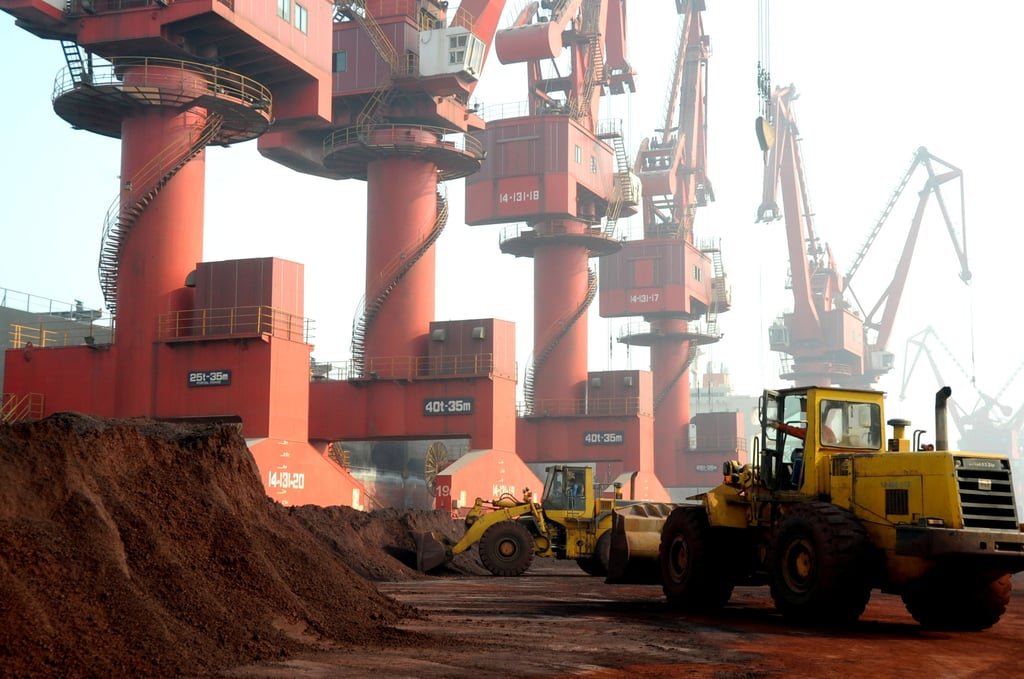
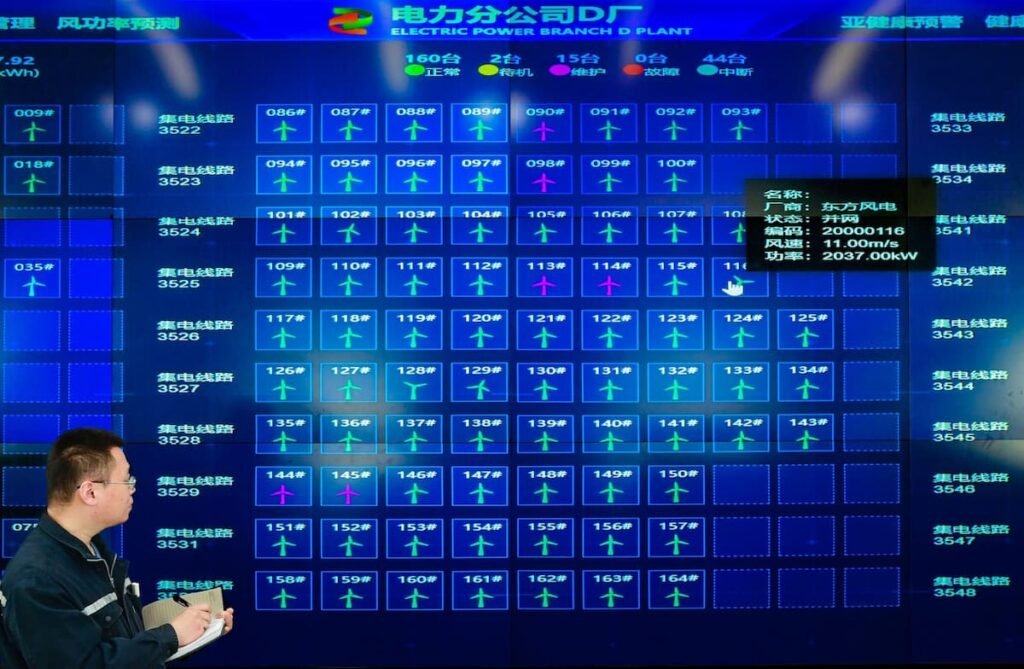
![[News] NVIDIA May Raise H20 Prices to Shield Profits but Confronts China’s Domestic Chip Push](https://koala-by.com/wp-content/uploads/2025/08/NVIDIA-Jensen-Huang-2-624x430.jpg)
